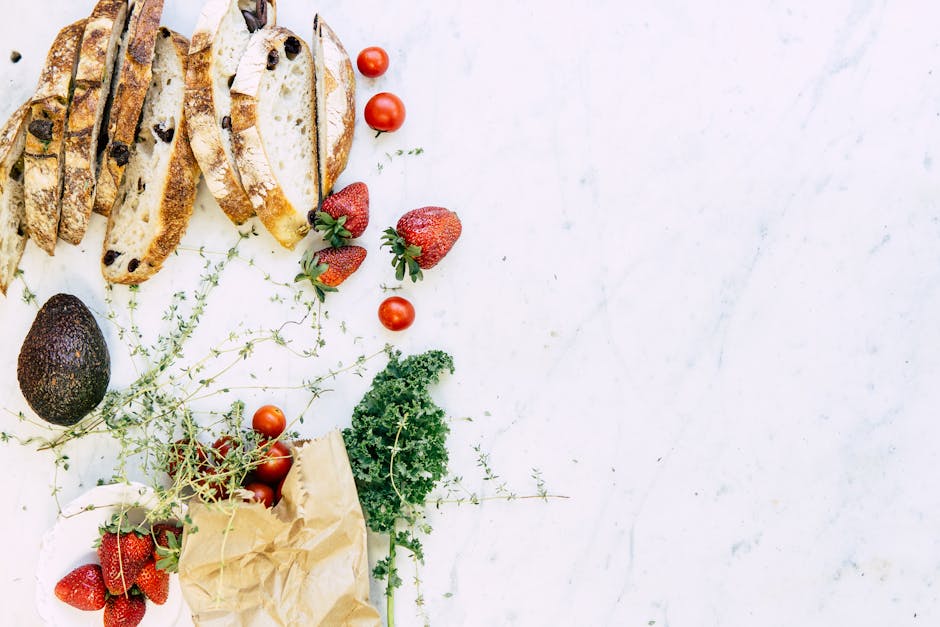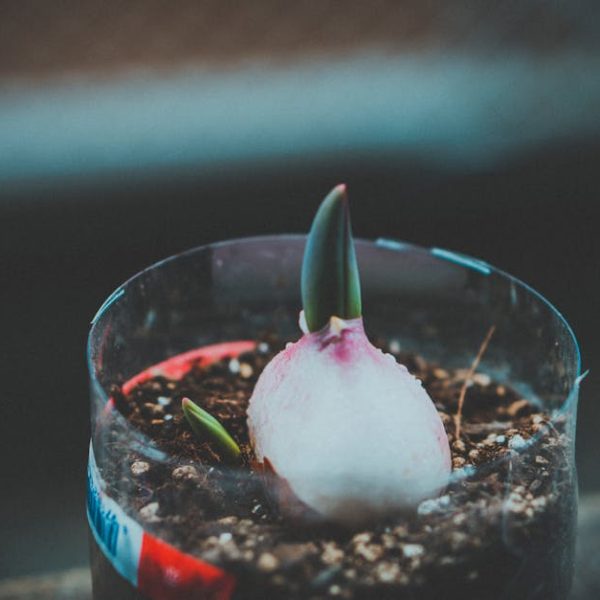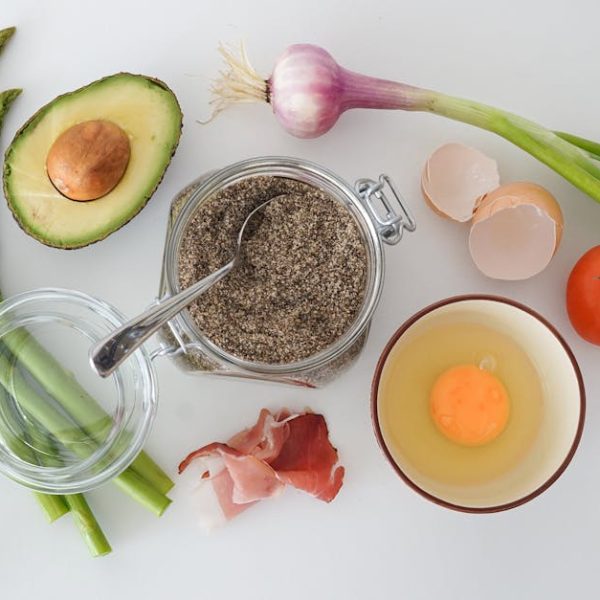Strawberries are a versatile fruit that can be enjoyed in various forms, but they can spoil quickly if not stored correctly. This article provides easy yet effective tips to ensure your strawberries taste fresh and delicious for as long as possible.
Separate and Remove Overripe Strawberries
After purchasing strawberries or plucking them from your backyard garden, the first crucial step is to sort out the overripe and damaged ones from the fresh batch. Overripe or damaged strawberries can carry mold that can spread to the healthy ones. So, it’s best to remove them promptly to prevent spoilage.
But how can you tell if a strawberry is overripe or damaged? Here are a few pointers:
- The fruit has noticeable dark spots or blemishes.
- It appears excessively soft and mushy.
- There’s a damp, squishy appearance or an odd smell.
Once removed, it’s best to either consume the overripe strawberries immediately or compost them. As for the fresh ones, store them properly to extend their crispness and freshness.
Store Strawberries Unwashed
It might seem counterintuitive, but one of the best ways to keep strawberries fresh for longer is to store them unwashed. Unlike other fruits, strawberries have a natural protective layer that can easily wash off, heightening the risk of mold growth due to excess moisture.
When tested, unwashed strawberries remained noticeably fresher compared to their washed counterparts after the same storage duration. Therefore, store your strawberries as they come – either in their original packaging or in a breathable container – and wash them only when you’re ready to eat.
Wash Strawberries Just Before Consumption
Laying further emphasis on the topic of washing, it’s best to wash strawberries right before eating them. As previously mentioned, premature washing can strip off the protective layer and contribute to quicker spoilage.
Here’s a quick checklist on how to wash strawberries correctly:
- Always use cold water. Hot water can damage the fruit.
- Don’t remove the stems before washing; they help keep the water out of the fruit.
- Gently pat dry the strawberries after washing them.
The only downside to this approach is the extra time it takes just before consumption. However, the benefits of prolonged freshness outweigh this minor inconvenience.
In the following parts, we’ll continue this list and delve into the more uncommon methods of preserving strawberries.
Use a Vinegar Wash for Longer Preservation
Did you know that washing strawberries in a vinegar solution can help them stay fresh for a longer time? This probably sounds odd at first. Vinegar, really? But science supports this claim. The mild acidic nature of vinegar can ward off mold and bacteria, key contributors to the decay process. Here is a simple vinegar and water solution recipe:
- Combine one part white vinegar and four parts water.
- Dip the strawberries in this solution briefly.
- Rinely gently but thoroughly under cool tap water to wash off the vinegar solution.
- Pat them dry completely before storing them.
Don’t worry about the strawberries tasting like vinegar – as long as you rinse them well after the vinegar bath, no vinegar taste should remain.
For drying out the strawberries after the vinegar rinse, you can use a salad spinner or even lay the strawberries on flat on paper-towels. Airtight them dry completely before storing them to avoid any moisture retention which could in turn cause them to go bad.
Refrigerate Strawberries at the Right Temperature
Refrigeration can drastically ramp up the shelf-life of strawberries. However, knowing the correct temperature and place to store them in the refrigerator is essential. The middle rack is often chosen as the best spot since it experiences the least temperature fluctuation.
Here are some quick tips to maintain the ideal refrigerator environment for your strawberries:
- Maintain a steady fridge temperature, ideally around 35-38 ℉.
- Try not to keep opening and closing the fridge door too frequently, as it causes temperature fluctuations.
- While the crisper drawer is good for storing many fruits and vegetables, refrain from using it for strawberries because it tends to be higher in humidity.
Proper storage makes a huge difference in preserving the freshness of strawberries. An easy way to keep them fresh inside the refrigerator is to use an airtight container lined with absorbent paper towels to catch any excess moisture.
The ‘Glass Jar’ Method
Another method is to store strawberries in sealed glass jars. Contrary to what you might think, glass jars can help maintain the moisture levels and keep strawberries fresh for an extended period. Just remember not to overfill the jar as the strawberries need some breathing space.
When compared, strawberries stored in sealed glass jars remained fresher and retained their texture for longer than those stored belatedly. Hence, next time you buy strawberries, consider trying out this method.
Freeze Strawberries for Longer Shelf Life
Freezing strawberries is another effective way to preserve them for longer while maintaining their nutritional value. Freezing arrests the fruit’s ripening process and prevents the growth of spoilage-promoting microorganisms.
To freeze strawberries correctly, follow these steps:
- Wash the strawberries.
- Remove the stems.
- Pat them dry.
- Spread them out on a cookie sheet and freeze them.
- Once frozen, transfer the strawberries to freezer-safe bags.
Frozen strawberries make a delicious addition to smoothies or baked goods. Their texture might slightly change upon defrosting but their flavor remains unaltered.
Storing Sliced or Cut Strawberries
Cut or sliced strawberries call for different storage methods as they’re more vulnerable to spoilage and drying out due to their increased exposure to air. Storing them in airtight food storage containers can help slow down spoilage and maintain their freshness.
Although cut strawberries can’t be stored for as long as whole strawberries, they’ll still last for a few days in the fridge in an airtight container. If possible, it’s best to use these sliced strawberries within two to three days.
Use Strawberries While They’re Fresh
Although all these tips will help prolong the shelf life, the best method to enjoy the strawberries is to consume them while they’re fresh, ripe, and bursting with flavor. You can toss them into your breakfast cereal, use them as a topping for your pancakes, blend them into a refreshing smoothie, or even add them to your salads for a fruity twist.
Remember, always wash your strawberries properly before consumption and eat them while they’re fresh to enjoy their taste, texture, and nutritional value to the fullest.
Keeping Strawberries Fresh Outdoors
Strawberries make for a delicious snack if you’re picnicking or attending an outdoor gathering. But the challenge lies in keeping them fresh. One simple method to maintain their freshness is to use cooler packs or portable mini refrigerators featuring temperature control mechanisms.
Here’s your checklist for outdoor storage:
- Use a cooler box or a portable fridge.
- Use Ziploc bags to store the strawberries.
- Place cooler packs in the box or fridge to regulate the temperature.
Remember, heat and sunlight can drastically reduce the freshness of strawberries. So, make sure
Key Takeaway:
- Sorting out and removing overripe or damaged strawberries can prevent the spreading of mold.
- Strawberries should ideally be stored unwashed to avoid the growth of mold due to excess moisture.
- Washing strawberries just before consumption can maintain their freshness longer.
- Utilizing a vinegar wash can further extend the freshness of strawberries.
- Firm and plump strawberries can be stored in the refrigerator at the right temperature for enhanced preservation.
- The glass jar method and freezing strawberries can both greatly extend their shelf life.
- Sliced or cut strawberries require airtight containers to minimize air exposure.
- The best practice to enjoy strawberries is to consume them while they’re fresh.
- Cooler packs and a cooler box can help keep strawberries fresh outdoors for picnics or gatherings.
Remember, strawberries are a delightful treat that you can enjoy freshly picked, in salads, desserts, or in smoothies. These tips will ensure that you can savor their full flavor and nutritional value for as long as possible.
FAQs
Q: How can I tell if a strawberry is overripe?
A: Overripe strawberries often have dark spots or blemishes, appear excessively soft, and may have a damp, squishy appearance or an unusual smell.
Q: Can I wash strawberries before storing them in the refrigerator?
A: It is best to store strawberries unwashed as washing can remove their natural protective layer, increasing the chances of them spoiling faster.
Q: What is the best temperature to store strawberries in the refrigerator?
A: Strawberries are best stored in the middle of the refrigerator where temperature fluctuations are least, typically around 32-36°F (0-2°C).
Q: Can I freeze strawberries for a longer shelf life?
A: Absolutely! Freezing strawberries is an excellent way to extend their shelf life. After washing and patting them dry, simply put them in a freezer-safe bag and store them in the freezer.
Q: How should I store strawberries for an outdoor trip?
A: For outdoor trips, consider using a cooler box with cooler packs to maintain a cold temperature. Also, store the strawberries in Ziploc bags to keep them fresh.
Encourage your friends and family to use these tips for longer-lasting, fresher strawberries! Feel free to explore more posts on our website for further insightful information.






